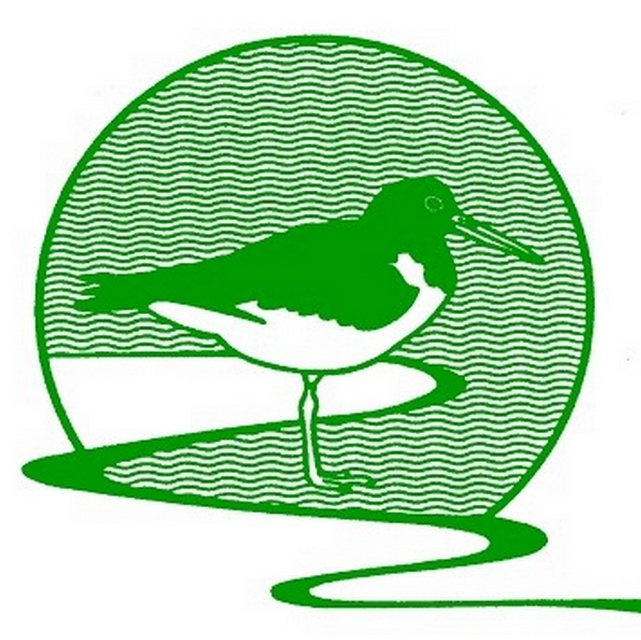KNHS Outside events
KNHS members arrange walks to local areas of interest with landscape and wildlife organisations and professional guides
We will announce trips online and by email
You are welcome to bring friends, or members of your family, along to our meetings and outdoor events facilitated by external bodies and professional experts
Kingsbridge to Bowcombe Creek
Start - Quay Street car park,
Kingsbridge. TQ7 1JD
A delightful 2.5 mile route following creeks and green lanes steeped in the trade and travel of past times.
This short moderate walk offers melting views of the boat-bobbing estuary and charming South Hams countryside, and a host of waterfowl and wading birds into the bargain. On a rising tide you will see innumerable grey mullet feeding near the surface.
Watkins Wood
(Part of Avon Valley Woods), Woodleigh
Grid reference SX743493
Avon Valley Woods, which is spread across 139.4 hectares (344.5 acres), is a collection of sites around the village of Woodleigh, near Kingsbridge in the South Devon Area of Outstanding Natural Beauty (AONB).
It is formed by a group of four areas of woodland: Avon Wood (made up of Woodleigh Wood, Bedlime Wood, and Titcombe Wood), Aveton Wood, Centry Wood and Watkins Wood.
There is a circular way-marked trail from the car park on the north and west side of the Woodleigh to Hendham Road that leads through Watkins Wood into Woodleigh Wood, down to the river Avon and back again
West Alvington Wood
Grid reference SX 725442
You can walk to this wood from Kingsbridge by going up Westville Hill (the road to Salcombe) and turning right down a public right of way along a gravel drive opposite Ashleigh Road
In Spring there are plenty of wildflowers; bluebells, wild garlic, dog's mercury, and wood anemones
This mature wood, with lots of fallen timber will be alive with bird song and you may spot nuthatches and great spotted woodpeckers prospecting for nesting holes
Look for the messages carved on the 200 year old smooth-barked beeches, some carved by US soldiers in WW2
The old chestnut trees have spirally ascending lines of bark and provide plenty of sweet nuts for the many squirrels
Gara Rock to Mill Bay and back
Grid Reference SX 752373
Park at Gara Rock but don’t head for the restaurant, rather go west through a gate and along a footpath which leads you to a sunken lane leading down to the beautiful Mill Bay. Then follow the coast path westwards as it winds back to Gara Rock
The sunken lane is bordered by amazing 400 year old lime trees. After Mill Bay you look down from the path at the clear water of the estuary and may see sandwich terns diving for small fish. Further out gannets often put on spectacular fishing displays
Look below you to check for peregrines on rock pinnacles and ravens nest along this stretch. Migrant birds like whitethroats, blackcaps and chiffchaffs will be singing from gorse bushes
This is also a good place for early butterflies like brimstones, peacocks and holly blues
The views are wonderful and skylarks will be singing
Topsham Bridge to Silveridge Weir
Grid reference SX 733511
Park just west of the attractive stone bridge, which you cross, and turn right down the road. After 200m climb a stile on your right and follow the path beside the clear water of the River Avon
At times you will be walking on the bed of the old railway and just beyond an intact bridge you will be at the remains of Silveridge weir. Retrace your steps when you feel you’ve gone far enough
Look out for dippers along the river and especially at the weir. The woods hold nuthatches, and buzzards often mew overhead. There’s a good chance of seeing a kingfisher and goosander are occasionally about. Butterflies should be active, with speckled woods and tortoiseshells likely and some early mayflies may lift from the water surface causing trout to rise. Newts spawn in rivulets beside the path
There will be lots of wood anemones, bluebells and wood sorrel under the trees
Slapton Ley and village
Grid Reference SX 828443
Easy to Moderate. 4 flights of steps. There is a viewpoint with disabled access
Along the top of the shingle ridge at Slapton Sands grow several rare plants, including Viper’s Bugloss, and the Yellow Horned Poppy, the ‘horned’ part referring to its long curved seed pods
In spring, if you stand on the bridge just outside the reserve entrance you may see the
startling sight of thousands of fish. These Roach, Rudd, and Perch are massed here to spawn
Just after you enter the reserve from the road, a shelter on the left contains a blackboard with recent bird sightings. Autumn and spring bring migrating birds pausing here as they pass through. Starlings roost in huge numbers in the reedbeds during the winter, and up to 20,000 Swallows gather here in the Autumn to roost. Wildfowl on the Ley include Pochard, Wigeon, Shoveler, Goldeneye, Tufted Duck, and Gadwall. The Great Crested Grebe is a regal-looking resident of the Ley. The ‘boom’ call of the Bittern is occasionally heard, when this shy bird overwinters on the reserve. There is a chance you might see another national rarity, the Marsh Harrier
The reedbeds are visited in the summer by Reed Warblers. These small, brown, narrow- billed birds
are able to cling to the vertical stems of the reeds. Rarer still, Cetti’s Warblers are Slapton residents
Wildflowers include Primroses, Celandine, Bluebells and Wild Garlic. The spring and early summer also bring out
white Stitchwort, and Red Campion. In the wet areas grow miniature carpets of Golden Saxifrage. Dwarfing these are the stands of Hemlock Water Dropwort, a poisonous plant, it produces white ‘umbrellas’ of flowers on tall stems, and has large parsley- like leaves









